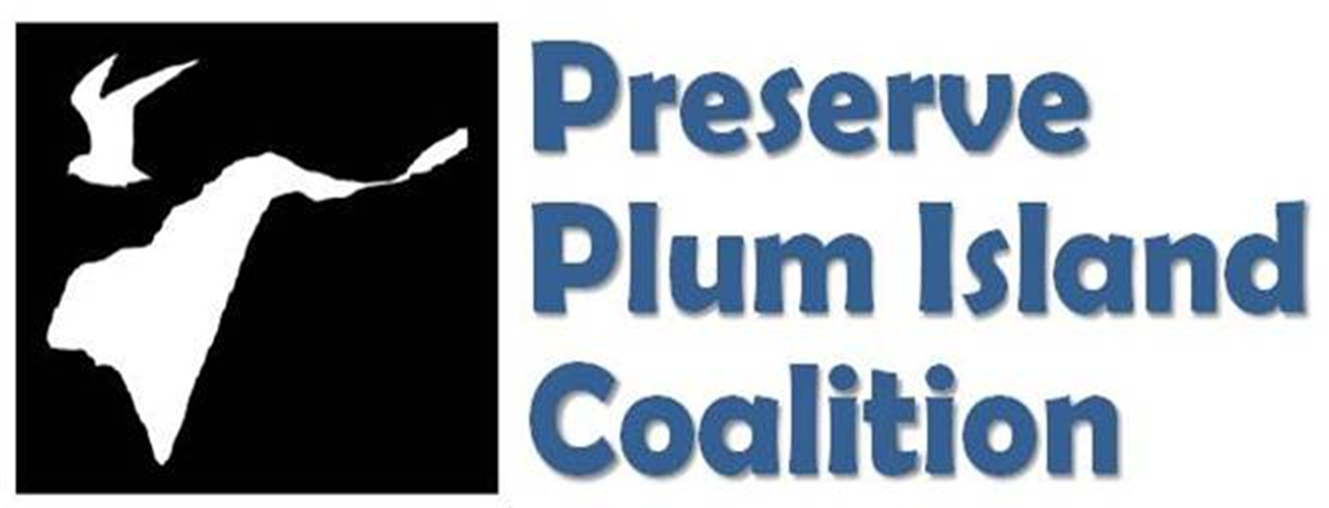Cedar Waxwing
FAUNA
Based on detailed census work by Audubon staff over the past three years, over 200 bird species have been documented as breeding or foraging on Plum Island and adjacent coastal waters.
These include a variety of birds-of-prey, shorebirds, wading birds, waterfowl, and songbird species. In 2009 Audubon staffers noted 7 active Osprey nests and an active Bank Swallow colony, a species of bird on the decline in New York. Of special interest is the presence of Piping Plovers, a federally threatened species, which utilizes the shoreline habitat for breeding purposes. The Piping Plover shares this shoreline with several dozen Roseate Terns, a federally endangered species, and several hundred Common Terns, a NYS threatened species, which use the island as developmental habitat and for resting on its shoreline. The waters surrounding Plum Island are rich in nutrients and are vital feeding and courting grounds for birds such as these terns.
As has been documented at other coastal islands and sites situated in southern New England, Plum Island undoubtedly provides critical stopover habitat for many fall migrant songbird species, many of which have not been fully documented in the census work discussed above because no detailed census work has taken place in late summer and autumn. Coastal islands are known to be vital for migrating land birds such as warblers, vireos, and thrushes, and many other birds that take advantage of the habitat to rest and feed (thereby refueling) before they continue their migration over water.
Moreover, the island and the waters surrounding it are important habitat for large congregations of numerous seabirds including several species of loons, grebes and marine waterfowl species such as American Black Duck, Scaup species, Long-tailed Duck, all three Scoter species, Bufflehead, Common Goldeneye, Common Eider and Red-breasted Merganser. Common Eiders, known to breed from nearby Fisher's Island may also breed on Plum Island; if so this would be only the second location in the state where this well-known sea duck breeds. Plum Island is part of the Orient Point to Plum Island Important Bird Area based upon the presence of species at risk, such as the previously mentioned Piping Plover and Common Terns along with Least Terns and for its water bird congregations.
The wetlands in the southwestern portion of the island host Snapping and Painted Turtles. The offshore waters, especially of Plum Gut, host large concentrations of Striped Bass, Bluefish, Tautog, Summer Flounder and others. Plum Gut is a major migration corridor for Striped Bass and Atlantic Salmon.
Common Dolphins have been sighted off the waters of the island. Additionally, aerial seal censuses conducted by staff from the Riverhead Foundation for Marine Research and Preservation have found that the immediate offshore rocks and the waters surrounding the island are used extensively by several dozen to as many as three hundred Harbor and Gray Seals during the winter months. Over the past decade the number of seals hauling out here has increased. According to researchers from the Riverhead Foundation, “Plum Island is one of the haul out sites most frequented by seals and consistently has the largest number of seals observed during surveys”.

